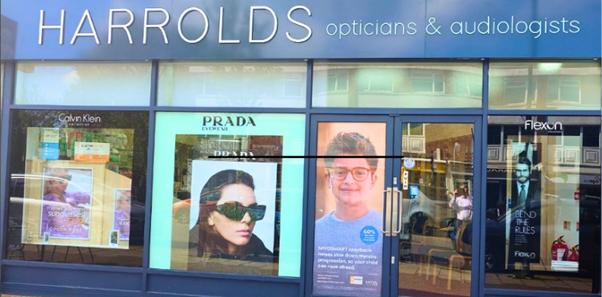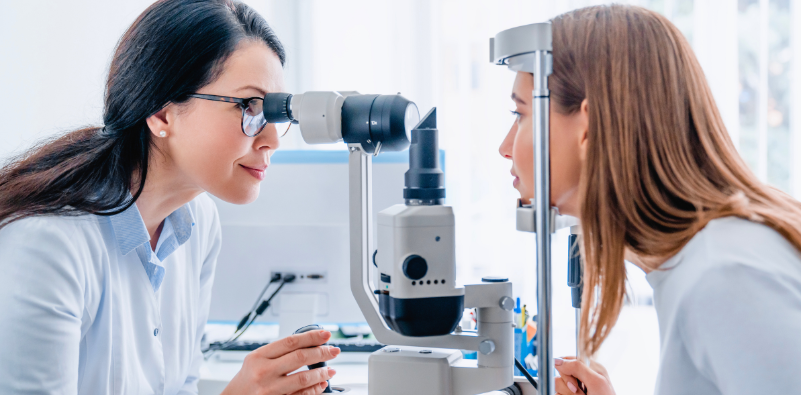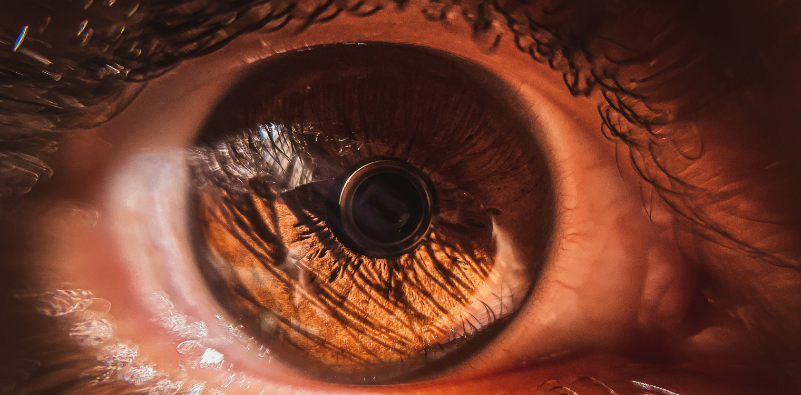How an Eye Test Can Help Your Child at School
Your child’s vision quality has a huge impact on their life and their educational progress is largely influenced by their eyesight. Children who do not get eye problems detected early and therefore do not have the appropriate treatment can face long-term consequences, as they will struggle with a variety of problems in school.
One of the biggest concerns, particularly with younger children, is that they do not always understand or communicate any problems that they have with their eyes. The reality is that they do not know any different, so are not necessarily aware that their vision is not as good as it should be.
Research shows that up to 20% of children have poor vision in one or both eyes. The earlier that vision problems are detected, the least impact it will have on their education. Before a child starts school, they should have an eye test to give them the same chance as their peers to progress at reading and other tasks.
As children get to school age, they are going through a critical development stage and this is when it is most important to detect problems such as a lazy eye or squinting. Parents sometimes make the mistake of thinking that their child is too young for an eye test, but a professional eye test does not require the child to be able to read, or even to be able to speak, as children’s eye tests are designed without the necessity for this.
Once your child’s eyesight has been assessed, the optician will recommend any required solution, such as glasses with the correct prescription. Without this intervention, your child could be held back from reading progression, which will also affect their writing ability and could have a long-term impact on how they understand different activities and subjects.
All children under the age of 16 are entitled to free eye tests, so all you need to do is book an appointment with your local opticians. Harrold Opticians provides thorough eyesight assessments for all ages and can help to ensure that your child does not have visual barriers to their learning ability.











